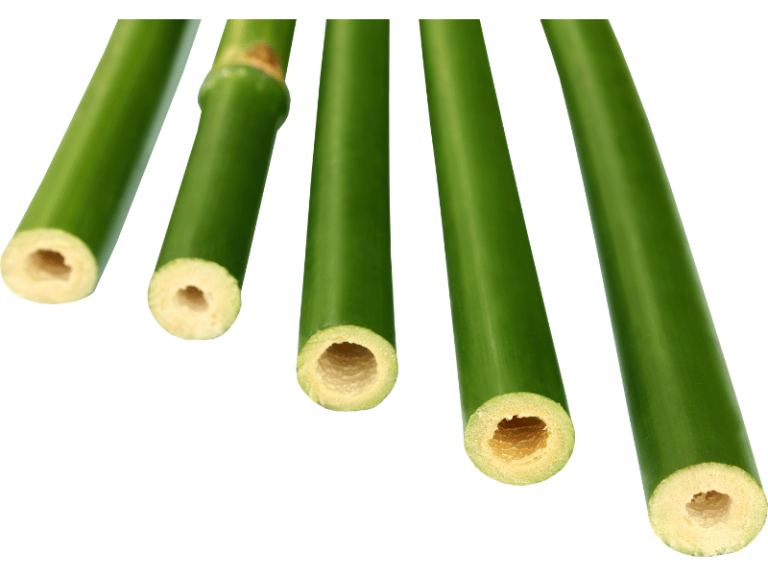If you cut the stem of a plant and observe its cross-section, you’ll find that the typical structure of a plant stem is as follows:
The outermost layer is the epidermis, often covered with hairs or spikes. Beneath the epidermis is the cortex, which includes some thin-walled tissues and tougher mechanical tissues. Both the cortex and epidermis are relatively thin. Moving further inward is the central cylinder.
Within the central cylinder are arranged vascular bundles, which are the most crucial part of the plant stem responsible for transporting nutrients and water. At the very center of the central cylinder, known as the pith, there are large thin-walled cells primarily serving as nutrient storage.
However, some plants, such as wheat, rice, bamboo, reeds, celery, and others, have hollow stems where the pith in the center has early atrophied and disappeared.
Originally, these plants also had solid stems. However, having a hollow center is advantageous for plants, so over the long process of evolution, their stems gradually became hollow. Why is a hollow stem advantageous for plants?
Because the mechanical tissues and vascular bundles in the stem act like the beams and frames in a reinforced concrete building, and the pith acts like the filling material. With these structures, plants can remain upright without collapsing.
Without a pith, similar to a building with many hollow girder-like structures, the support strength is increased while saving material. Therefore, plants with hollow stems are less prone to breaking or collapsing.
Grasses like wheat, rice, reeds, and bamboo, which belong to the Poaceae family, are the most advanced plants, and thus, most of their stems are hollow.
Some crops, like certain varieties of wheat and rice, are prone to lodging (falling over) because their mechanical tissues in the stem are not well developed, similar to poorly constructed beams. Therefore, selecting crop varieties that are resistant to lodging is akin to choosing robust structural frameworks.

